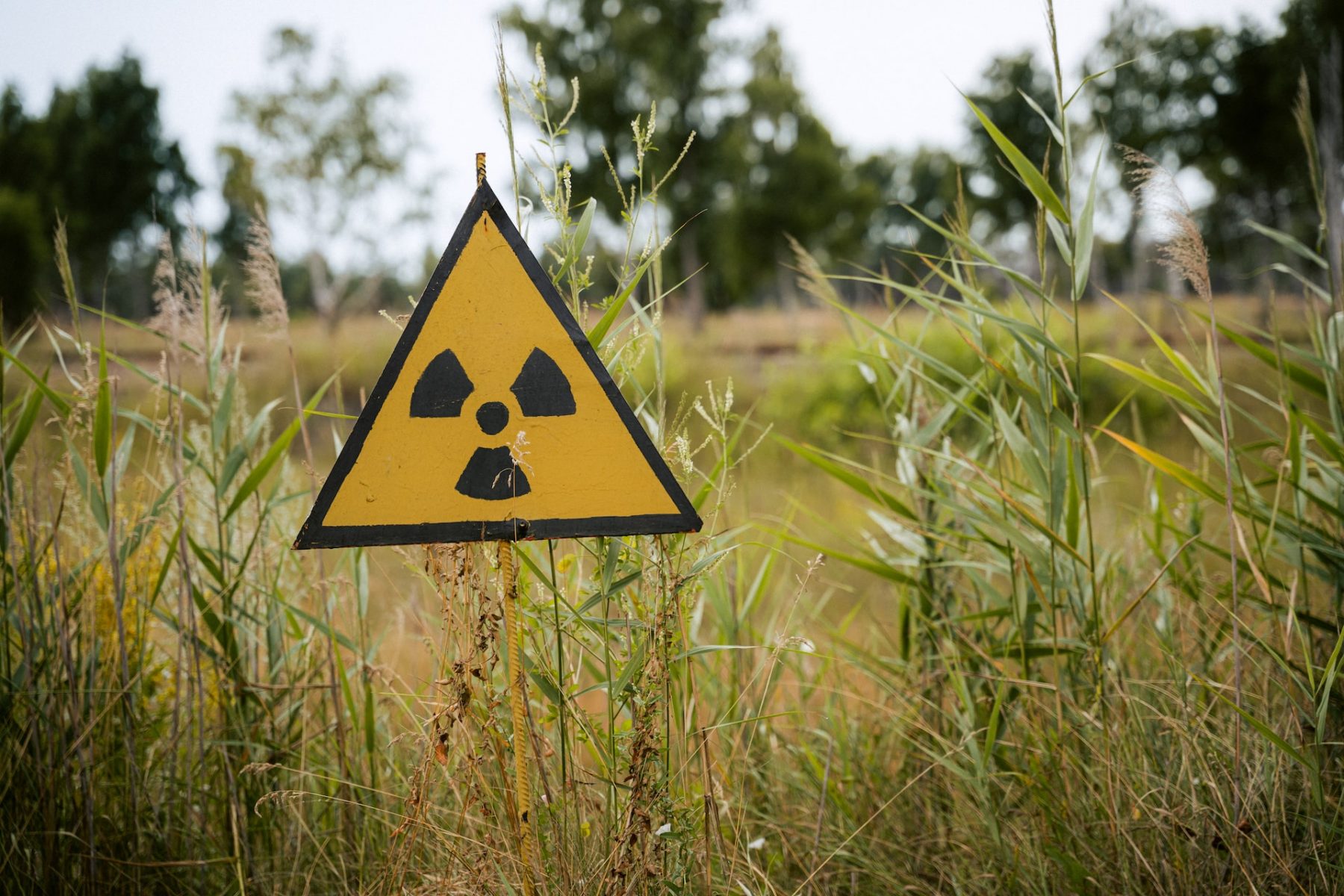What are small modular reactors?

What are small modular reactors?
Small modular reactors (SMRs) are part of today’s advanced nuclear technology that is made to be more environmentally friendly within the nuclear power sector. They are power generators with an output that is around one-third of what standard nuclear power reactors can produce (approximately 300 MW(e)). SMRs are designed to offer enhanced levels of safety and produce large amounts of low-carbon electricity. The key features of SMRs are:
- Small- in terms of physical size, they’re a fraction of a traditional nuclear power reactor.
- Modular- allows systems and elements to be factory-built and moved as a complete unit to a location ready to be installed. This minimises costs, improves quality, and reduces construction schedules.
- Reactors- they use nuclear fission to create heat and produce energy.
Together with bigger, conventional reactors, and other advanced reactors, small modular reactors are growing nuclear energy portfolio options that are necessary to meet our national standards of energy safety and mitigating climate change.
What are the benefits of SMRs?
Several of the benefits of SMR technology are linked to the foundation of their small and modular design. Thanks to their smaller footprint, they can be installed in locations that wouldn’t be suitable for bigger nuclear power plants. Prefabricated units of small modular reactors can be made, shipped, and fitted on site, meaning they’re more affordable to construct than large power reactors and with the addition of mineral insulated cable, they’re safe from hazards.
Small modular reactors are typically custom designed for a specific location, which can sometimes cause delays in construction. SMRs ensure savings in both construction time and cost, and they can be deployed incrementally to match increasing energy demand.
Some of the difficulties of getting access to energy are infrastructure, restricted grid coverage in rural areas, and the expense of connecting to the grid in rural locations. One power plant shouldn’t represent any more than 10% of the total installed grid capacity.
In locations that don’t have suitable transmission lines and grid capacity, SMRs can be fitted into a grid that’s already there or remotely off-grid, for smaller electrical output, ensuring there is low-carbon power for both industry and the general population. This is especially applicable for microreactors, which are a subset of SMRs and generate electrical power up to 10MW(e).
Small modular reactors are better for the environment in comparison to other SMRs are best suited to areas that don’t have access to clean, reliable, and affordable energy. In addition, microreactors could work as an alternative power supply in emergencies or take the place of generators that are usually run on diesel.
Compared to other reactors, SMR designs are typically less complex, and the safety concept makes use of passive systems and the natural safety characteristics of the reactor, including low power and operating pressure. So, in these cases, no human intervention or external power or force is needed to shut down the systems.
This is due to the fact that passive systems depend on physical actions like circulation, gravity, convection, and self-pressurisation. The improved safety margins and mineral insulated cable, in some cases, eliminate or substantially reduce the potential for dangerous releases of radioactivity into the environment and the public in the event of an accident.
Another benefit of small modular reactors in the nuclear industry is they have reduced fuel requirements. Therefore, power plants that are based on SMRs might need refuelling less often, every 3 to 7 years compared to every 1 to 2 years for standard plants. Some SMRs are even designed to function for up to 30 years without any need for adding fuel.
Sustainable development and the role of SMRs
Small modular reactors and nuclear power plants can offer distinctive attributes relating to efficiency, economics, and flexibility. Whilst nuclear reactors can output electricity according to demand, certain renewables like wind and solar are variable sources of energy that rely on the weather and time of day.
SMRs could work in tandem with and boost the effectiveness of renewable sources in a hybrid energy system. These features enable SMRs to play an important part in the transition to clean energy.
How do we help small modular reactor developers?
At TRM, we provide solutions to modular reactor developers globally with the aim of making sure our clients have the knowledge to design and implement the most suitable, cost-effective, and long-lasting products.
As experienced mineral insulated cable manufacturers this is often what our core products centre around. However, if we feel that it’s not the right fit for the application, we will use other technologies to achieve the desired outcome. Contact us today to find out more.